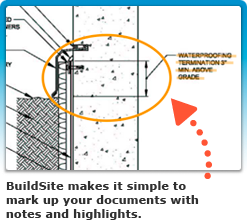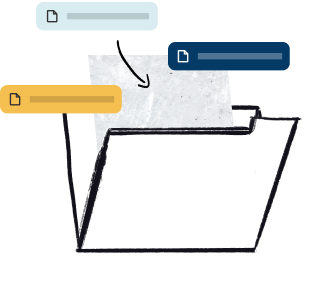Abstract
This specification covers packaged dry, hydraulic cement grout (nonshrink) intended for use under applied load where a change in height below initial placement height is to be avoided. Grouts covered are composed of hydraulic cement, fine aggregate, and other ingredients. They require only the addition of mixing water for use. The materials used as ingredients in packaged, dry, grout include hydraulic cement, fine aggregate, and other ingredients. The performance requirements of the specimens are presented in details. Grout mixtures shall be produced using the conditions prescribed. For smaller quantities of grout, the mortar-mixing apparatus shall be as specified. Mixer for grout performance qualifications shall be clean, pre-wetted, and drained and essentially free of hardened mortar and other foreign material that can be removed with a trowel or by reasonably striking with a hammer. The procedures for preliminary adjustment mixing and grout performance qualification are presented in details. Consistency testing shall be performed on the grout mixture. Determine the yield of the grout using the 400-mL cylindrical measure described.
This abstract is a brief summary of the referenced standard. It is informational only and not an official part of the standard; the full text of the standard itself must be referred to for its use and application. ASTM does not give any warranty express or implied or make any representation that the contents of this abstract are accurate, complete or up to date.
1. Scope
1.1 This specification covers packaged dry, hydraulic cement grout (nonshrink) intended for use under applied load (such as to support a structure, a machine, and the like) where a change in height below initial placement height is to be avoided.
1.2 Grouts covered are composed of hydraulic cement, fine aggregate, and other ingredients. They require only the addition of mixing water for use.
1.3 The values stated in either SI units or inch-pound units are to be regarded separately as standard. The values stated in each system may not be exact equivalents; therefore, each system shall be used independently of the other. Combining values from the two systems may result in non-conformance with the standard.
1.4 The following safety hazards caveat pertains only to the test method portion of this specification: This standard does not purport to address all of the safety concerns, if any, associated with its use. It is the responsibility of the user of this standard to establish appropriate safety and health practices and determine the applicability of regulatory limitations prior to use.
Reproduced, with permission, from the ASTM International website, copyright ASTM International, 100 Barr Harbor Drive, West Conshohocken, PA 19428. To purchase the complete standard, go to http://www.astm.org/.






